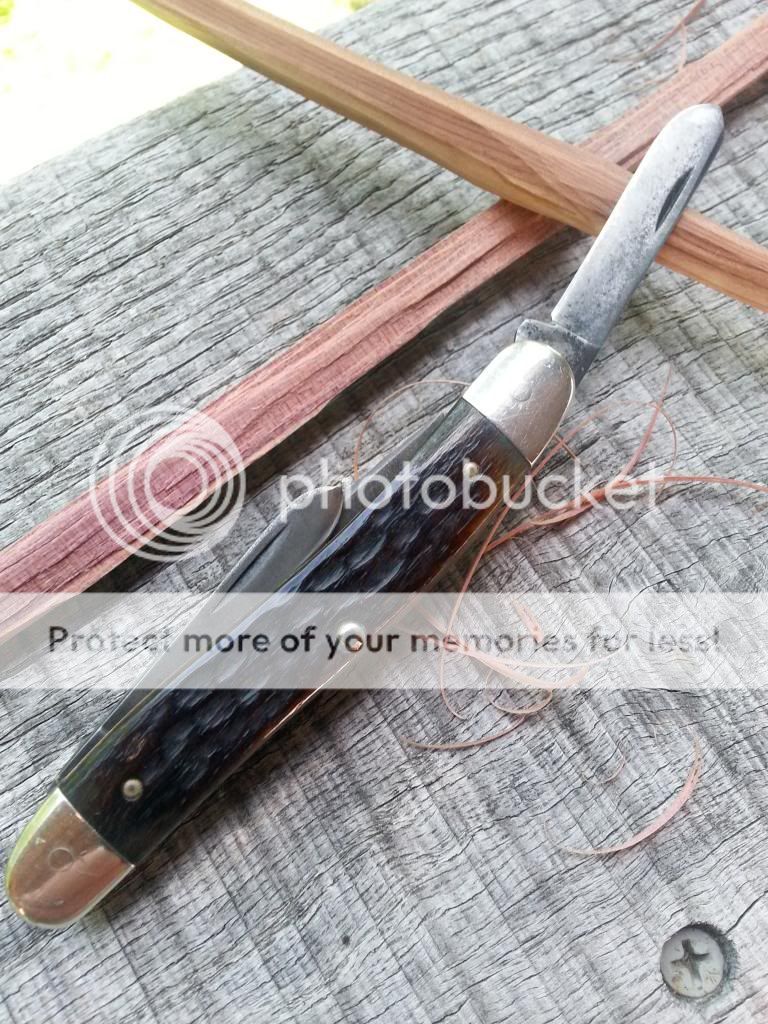- Joined
- Jan 12, 2009
- Messages
- 3,198
They figured that lifespan on an average person having only one knife, using it every day for everything they did, whether it was whittling soft wood, scraping dried mud off their shoes or cutting asphalt shingles. They figured that person would have little or no sharpening skill, and would likely be using a bench grinder as their primary sharpening tool. Trust me, I know some of those people, and 3 to 4 years is pushing it. I've known guys that would wear out a knife in three to four months. For every knife knut who gets 50 years out of a blade there are a hundred who get less than one. Most of them have no idea that you can thin out the main grind and make the knife usable again, so once their 50° edge bevels have gotten wider than the spine of the blade, they figure it's shot and time for a new knife.
My Uncle was "that guy". I have known many that are "that guy". My Uncle was careful to always use the "fine" wheel on his grinder when grinding a knife so he could get a good edge. My grandfather thought a knife was a screwdriver, mini pry bar, scraper, lever, awl, and sometimes even a cutting device. He sharpened his on a grinder as well. Both could and did grind their knives to a nub in short order.
With me on the other side of that coin, I have a couple of old CASE knives that have another few lifetimes in them. One I personally bought new in 1976, and it still has 90% of its steel, even though it was my only work knife for about 3 years. Proper sharpening and care will extend the life of any knife, even if it is used daily on a job site for all kinds of nasty tasks.
For most of today's folks that open packages, cut fruit, a steak, whittle, cut a string here and there, and other stuff along those lines I think a good knife should last many decades with just a bit of care.
Robert








